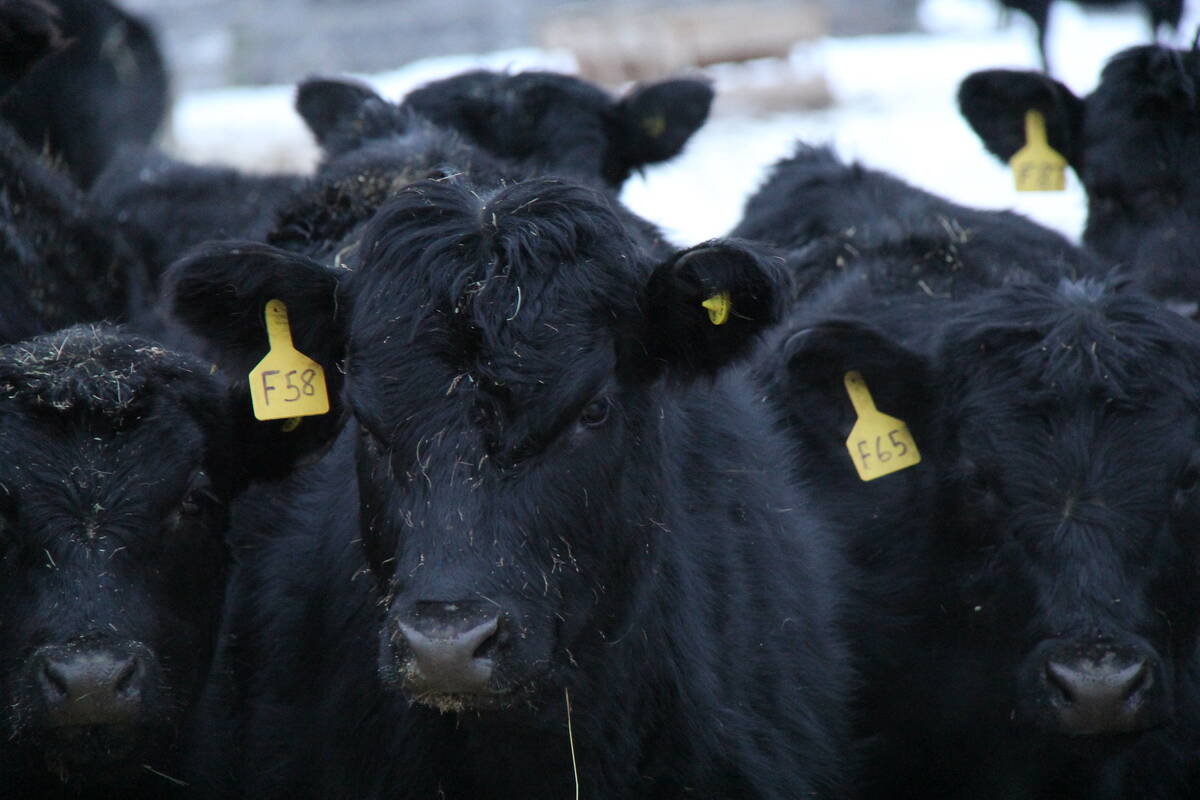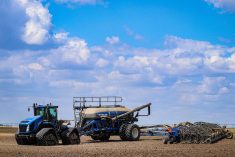Skinny cow may be an attractive marketing tool for consumer products, but it is anything but attractive when it comes to actual cows.
Body condition, which is essentially the level of fat cover on a cow, affects pregnancy rates, calving interval, timing of estrus, colostrum antibody levels and calf weaning weights,.
A website launched this week at bodyconditionscoring.ca includes a video on how to assess body condition, as well as a tool to illustrate what effect scores have on profitability.
Read Also

Under Trump, U.S. cedes its share of China’s beef market to Australia
Australian beef has replaced U.S. supply in China since President Donald Trump returned to the White House.
Cattle producers are familiar with the system, but taking time to do it is another matter, said Saskatchewan Agriculture regional livestock specialist Naomi Paley, who is featured in the video.
“I don’t think that they take the time to do it, to actually take the couple extra minutes at the chute side to get their hands on and feel. I think a lot of producers rely on just a visual assessment of their cows,” said Paley.
“I don’t know that there’s a really great understanding out there of the specific places you need to be looking and feeling on a cow to assess body condition properly.”
Body condition is a range from one to five, with one being extremely thin and five being obese. Ideally, cows should be in the 2.5 to three range.
The score can be determined by feeling the animal’s short ribs, spine, hooks and pins and either side of the tail head. An animal in ideal condition will have a thin layer of fat over each of these areas.
The video on the website demonstrates the proper areas to palpate.
“The importance of maintaining cows’ fat cover at an optimal level is underrated,” Karin Schmid of Alberta Beef Producers said in a news release about the new site.
“Many producers don’t realize how much thin or over-fat cows hurt their bottom lines and how easy and effective body condition scoring is when figuring out how to adjust rations and keep cows in the right condition.”
The site provides information on how to manage cattle that are underweight or overweight and a graph on nutrient requirements relative to body size.

















